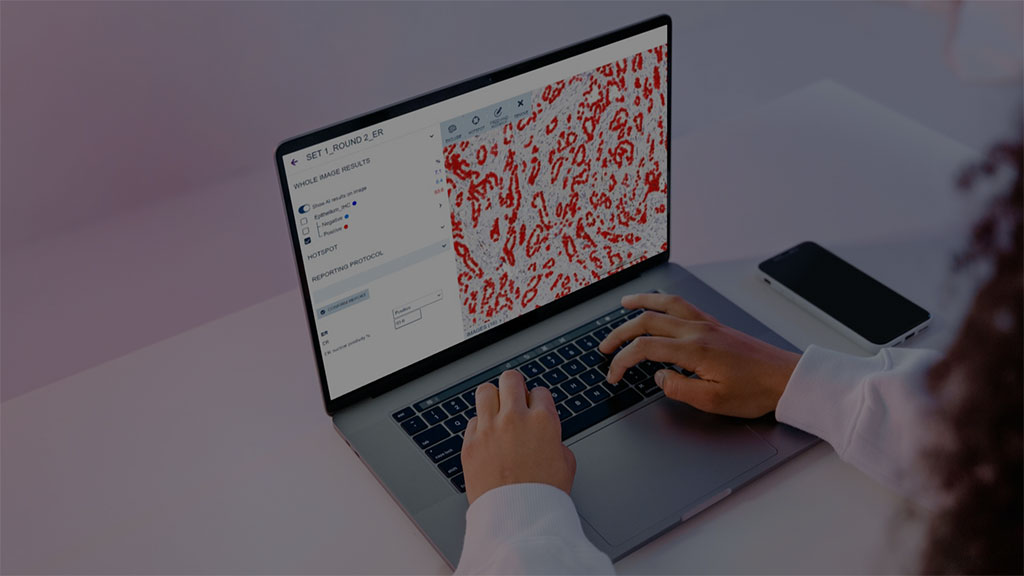AI-Assisted Tissue Sample Analytics Model Speeds Up Breast Cancer Diagnostics
Posted on 31 May 2022
The field of pathology is undergoing a paradigm shift. Pathologists have relied on the same cumbersome and bias-prone technology for the past 150 years; manual slide analysis with microscopes for tasks like evaluating patient samples to aid cancer diagnostics. Researchers are working to provide tools to overcome the challenges these traditional methods pose. Through automation and digital tools clinical pathology labs can increase the speed and accuracy of their work, thereby enabling patients to receive diagnoses and treatment plans faster while also alleviating the strain on pathologists. Deep learning AI has the potential to bring speed and accuracy to sample evaluation and diagnostics. Now, a novel AI tool can improve prognostic and predictive evaluation in breast cancer diagnostics through its unique functionalities.
The majority of breast cancer cases express estrogen receptor (ER) and/or progesterone receptor (PR). Therefore, the two are considered to be the most significant biomarkers involved in the evaluation of breast cancer. Aiforia Technologies Plc’s (Cambridge, MA, USA) Clinical AI Model for Breast Cancer; ER is an AI model that automates the calculation of ER - a group of proteins present in the majority of breast cancers, therefore a vital biomarker in its diagnosis, as well as a commonly used predictive factor for treatment and prognostic factor for survival in breast cancer. The Aiforia Clinical AI Model for Breast Cancer; PR automates the detection of tumor areas as well as the calculation of PR-positive and negative cells from whole slide images (WSIs) and selected areas and even the viewing and selection of areas with high PR-positive density, or hotspots. The AI-assisted image analysis results are available with speed and consistency. Aiforia currently offers three CE-IVD marked clinical AI models for breast cancer diagnostics as well as the CE-IVD marked PD-L1 AI model for lung cancer diagnostics.

“Since ER and PR positivity in breast cancer are both always measured, it was only natural to develop a model for the detection of PR positive tumor cells as well. It has to be acknowledged that the biomarker, PR's, expression is dependent on the ER biomarker as well,” explained Dr. Nelli Sjöblom MD, Consulting Pathologist at Aiforia Technologies. “However, it still has independent prognostic value and is associated with for example the tumor grade. Breast cancers with ER and/or PR positivity have a lower risk of recurrence of the disease so it is imperative to identify these patients reliably to be able to choose the right therapeutic option.”
Related Links:
Aiforia Technologies Plc














